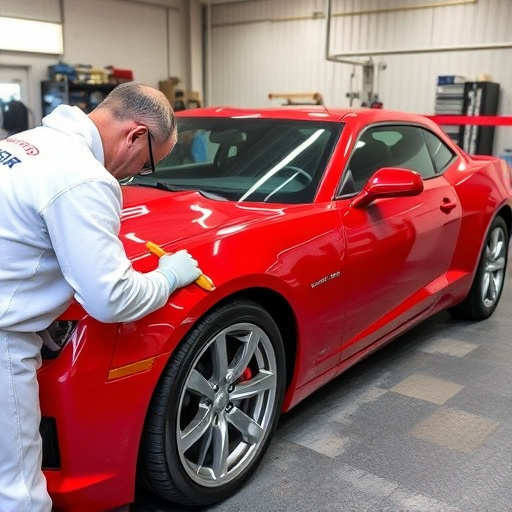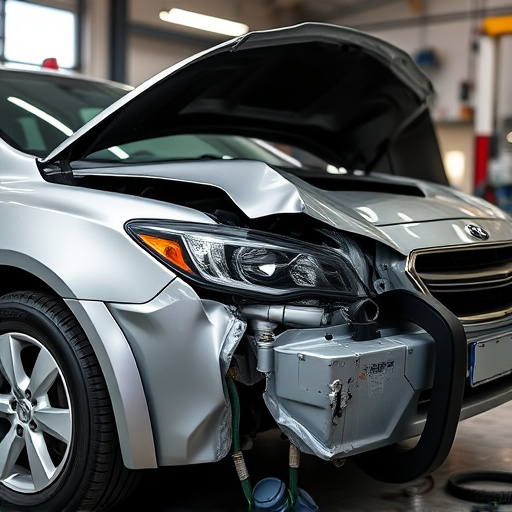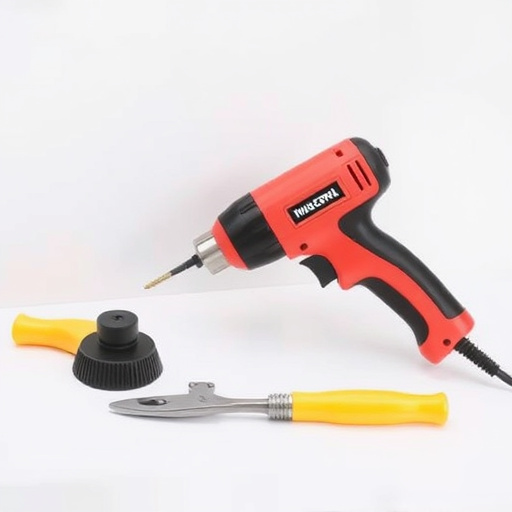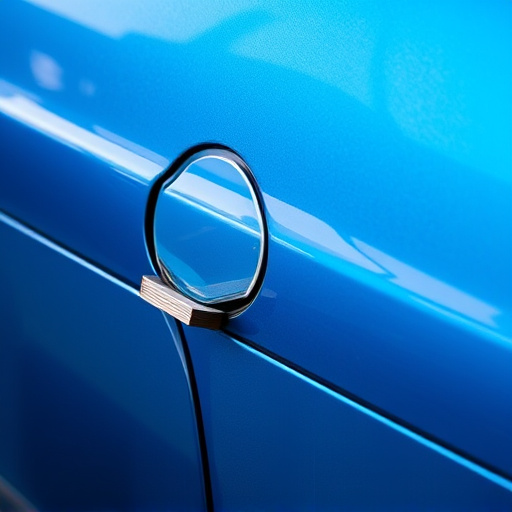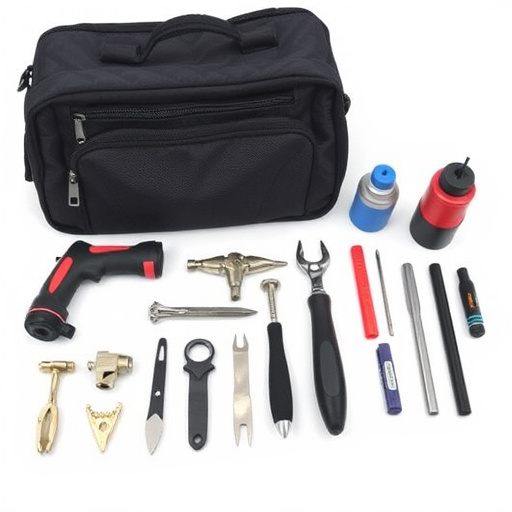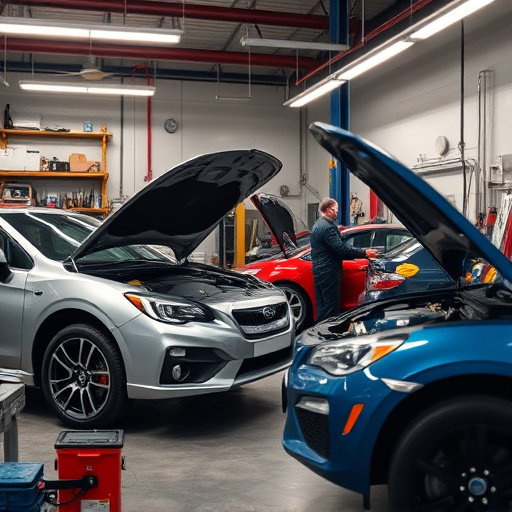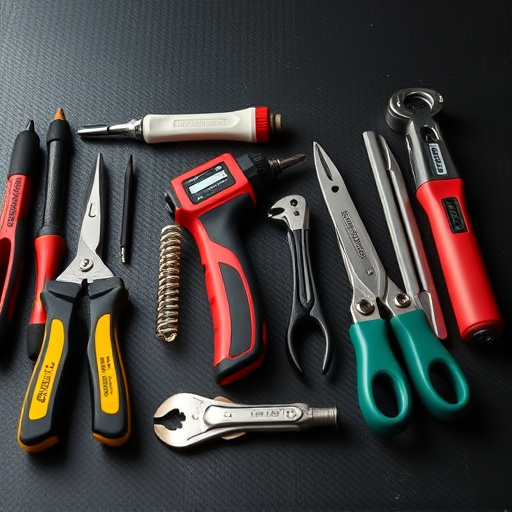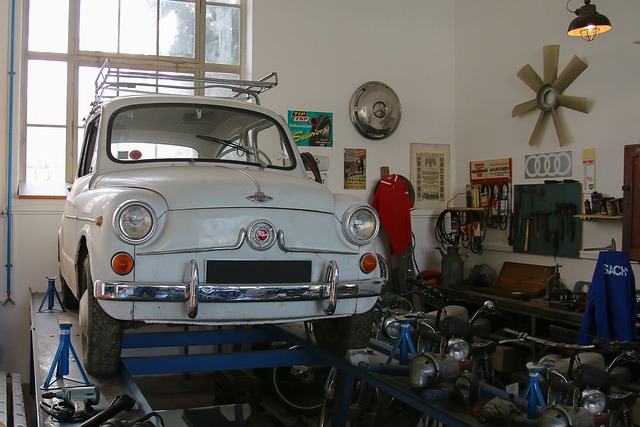Heat damage on auto bodies is a growing concern due to extreme weather conditions, affecting materials like metal, plastic, and rubber. Specialized repair techniques, advanced technology, and skilled craftsmanship help restore vehicles to pre-incident condition. Extreme temperatures accelerate exterior degradation and warp metal, impacting tire performance. Climate-controlled chambers and cooling systems mitigate heat stress during repairs. Proactive measures like temperature mapping and specialized coatings minimize heat damage.
In the ever-changing climate, environmental factors play a significant role in the longevity of our vehicles. This article delves into the intricate relationship between heat and auto body damage, exploring how extreme temperatures accelerate deterioration. We’ll uncover the vulnerabilities of car bodies to heat damage and analyze the impact of rising global temperatures. Furthermore, practical strategies for mitigating heat stress during repairs will be presented, offering valuable insights for both automotive enthusiasts and professionals in the field of heat damage auto body repair.
- Understanding Heat Damage: Auto Body's Vulnerability
- Climate Impacts: Extreme Temperatures and Cars
- Mitigating Heat Stress: Auto Body Repair Strategies
Understanding Heat Damage: Auto Body's Vulnerability
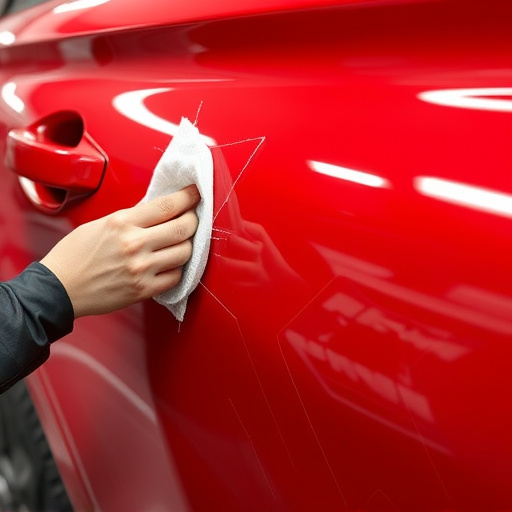
Heat damage to auto bodies is a significant concern for vehicle owners, especially as extreme weather conditions become more frequent. When a car undergoes high-temperature exposure, whether from a fire or intense sunlight, it can lead to severe cosmetic and structural issues. The vulnerability of an auto body lies in its diverse materials—metal, plastic, and rubber—each with different heat resistance properties. For instance, while metal may seem robust, prolonged heat can cause it to warp, leading to misaligned panels and weak points that compromise the overall structure. Similarly, plastics and rubbers soften and become brittle under intense heat, resulting in cracks, splits, or complete failure.
Understanding these vulnerabilities is crucial for effective collision repair and dent removal techniques, particularly when addressing heat damage. Modern auto body shops employ specialized tools and methods, such as paintless dent repair, to restore damaged areas without replacing entire panels. This not only reduces costs but also minimizes the environmental impact associated with manufacturing new parts. By combining advanced technology and skilled craftsmanship, professionals can effectively treat heat-related auto body issues, ensuring vehicles return to their pre-incident condition or even surpassing it in terms of aesthetics and structural integrity.
Climate Impacts: Extreme Temperatures and Cars
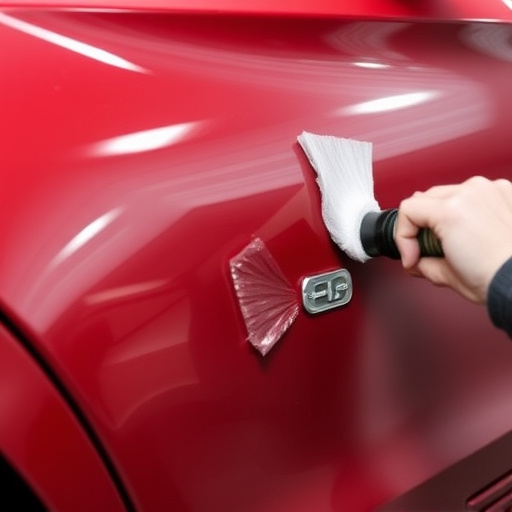
In regions characterized by extreme temperatures, both hot and cold, heat damage auto body issues have become increasingly prevalent. Prolonged exposure to high temperatures can accelerate the degradation of car exteriors, causing issues such as paint blistering, cracking, and premature aging. Similarly, sudden temperature drops can lead to warping and deformation of metal components, making them more susceptible to rust and corrosion. These environmental factors contribute significantly to the need for timely heat damage auto body repair.
Extreme temperatures also impact the performance of various automotive systems, including tires. Heat-related tire damage, such as accelerated wear and tear, can compromise safety and handling. Consequently, many collision repair centers offer comprehensive services that extend beyond traditional car restoration, incorporating tire services to address these environmental-induced issues effectively.
Mitigating Heat Stress: Auto Body Repair Strategies
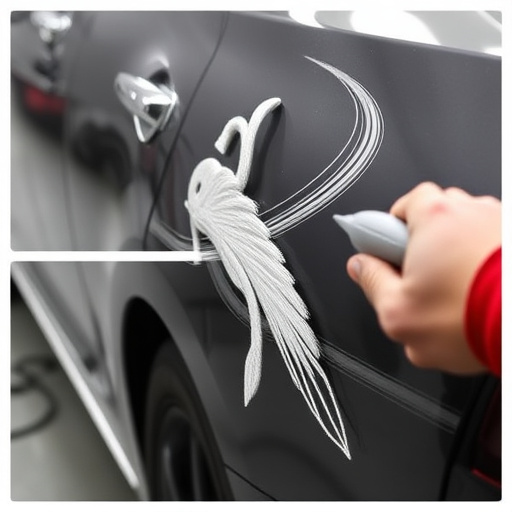
To mitigate heat stress and prevent significant heat damage auto body repair is crucial. In regions with extreme temperatures, auto body shops should employ specific strategies. One effective method is to use controlled climate chambers for painting and curing processes. These chambers maintain consistent temperature and humidity levels, ensuring optimal conditions for high-quality finishes without exacerbating existing heat damage. Additionally, utilizing advanced cooling systems in work areas can substantially reduce the overall temperature, creating a more comfortable environment for both workers and vehicles.
Another vital strategy involves regular maintenance checks to identify and address potential heat-related issues early on. This proactive approach includes inspecting panels for signs of warping or softening due to heat exposure. For instance, mercedes benz repair shops can implement rigorous quality control measures, such as temperature mapping during repairs, to ensure that heat is not inadvertently introduced into sensitive areas. Car restoration processes should be designed to minimize heat input, employing techniques like controlled air circulation and specialized coatings that reflect heat, thereby mitigating heat damage auto body repair challenges effectively.
Heat damage is a significant concern for auto bodies, exacerbated by environmental factors such as extreme temperatures. As climate patterns continue to fluctuate, understanding and implementing effective strategies for heat stress mitigation are crucial. By adopting innovative repair techniques and staying informed about climate impacts, professionals in the auto body industry can protect vehicles from heat-related issues, ensuring their longevity and aesthetic appeal. This involves utilizing advanced materials, implementing efficient cooling systems, and adhering to best practices for heat damage auto body repair.
